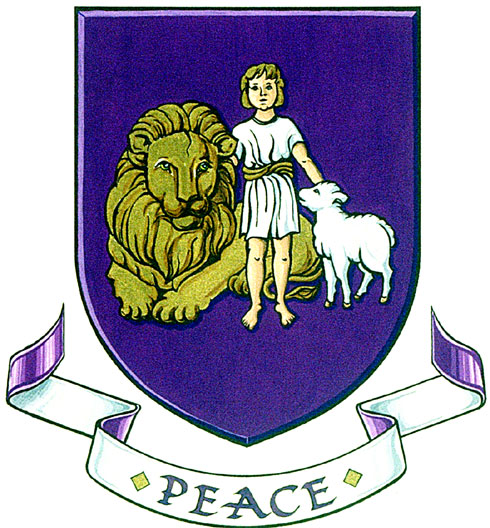DAY OF THE LORD Part II

THE POPULAR ENCYCLOPEDIA OF BIBLE PROPHECY
DAY OF THE LORD
ISAIAH
Isaiah 2:12 Is the first mention of the day of the Lord in Isaiah Prophecy. This Chapter emphasis the future establishment of God’s kingdom(Isaiah 2:2 – 4), the present sinful state of Israel ( Isaiah 2:5 – 9 ), and the future day of reckoning ( 2:10 – 22 ), the Prophet appear to look beyond the near and into the distant future in the judgment of 2:10 – 22, Just like he had look unto the eschatological Kingdom in 2:1 – 4 . Several indicators of Millennial conditions appear in 2:1 – 4 ( see also Revelation 20: 1 – 6 ). Mount Zion will be the World Capital, and all the nations will come to it ( Isaiah 2: 1-2 ) in order to seek God’s word ( Isaiah 2:3 ). God will judge between the nations, and war will be no more ( 2: 4 – 5 ). This eschatological emphasis in Isaiah 2:2-4 lead us to conclude that the eschatological judgment is in view in 2: 10 -22.
Isaiah describe the day of the Lord as a time of universal humiliation for all who are proud ( 2:11 – 12; 17 ). In contrast God will display the standard of his majesty, and the population will flee in terror to caves for protection ( 2:10; 19; 21 ). The Lord alone will be Exalted ( 2: 11; 17 ). The timing and terminology of Isaiah 2:21 are strikingly similar to the description of the Six seal in Revelation 6:16 -17.
Isaiah 13:1-8 deals with God use of Babylon as His instrument of indignation for the destruction of Israel ( 13: 5 – 6 ). This remind one of Habakkuk dismay that God would do such a thing ( Habakkuk 1:2 – 4 ). Isaiah had the Day of the Lord in Mind ( 13:6 ) even thought it would not come for over 100 years, when Babylon destroyed Judah in 586 B.C.
However Isaiah 13:9 -16 Speaks of implication for the future: Cosmic Disturbance ( 13:10 ; 13 ; See also Matthew 24:29; Revelation 6:12; Joel 2:31 ) and the Universal Judgment of Mankind ( 13:11 ; See 2:11; 12). The near emphasis return in 13: 17 ; 22, Where Isaiah Describes the end of Babylon.
ZEPHANIAH
This Prophecy Picture Judah as the sacrifice (1:7) that is offered to God By the Priest Babylon. Zephaniah begins with a broad, universal perspective ( 1:1-3 ) And than narrow his focus to the immediate situation of Judah ( 1:4 – 13 ) Finally he return to the Universal ( 1:14- 18 ). In vivid terms, Zephaniah 1:14 Portray the day of the Lord as a Day of Wrath. He further describe it as characterized by trouble and distress, destruction and desolation, darkness and gloom, Clouds and thick darkness, and trumpet and battle cry.
EZEKIEL
Ezekiel wrote during the fulfillment of the near day of the Lord’s Judgement ( 13:5 ) He was Taken captive to Babylon in 597 B.C. when Johoiachin was exiled ( 1:2 ). Ezekiel 13 was written in 592 B.C. Six years after the second phase of the Captivity. Here Ezekiel prophecy against false Prophets( Verses 1-16) and prophetesses ( 17-23 ) They had Prophesied from their own heart (13:2 ) and preached an Imaginary Peace when in fact there was no peace ( 13:10 )
Ezekiel never explicitly makes the far eschatological application to all nation as Obadiah does in Obadiah 15-21. Yet Charles Feinberg ( P.173 )suggest that we may assume such an application. The day of God’s judgement on Egypt may be Identify in Principle with that day when he will call all nations to account.
